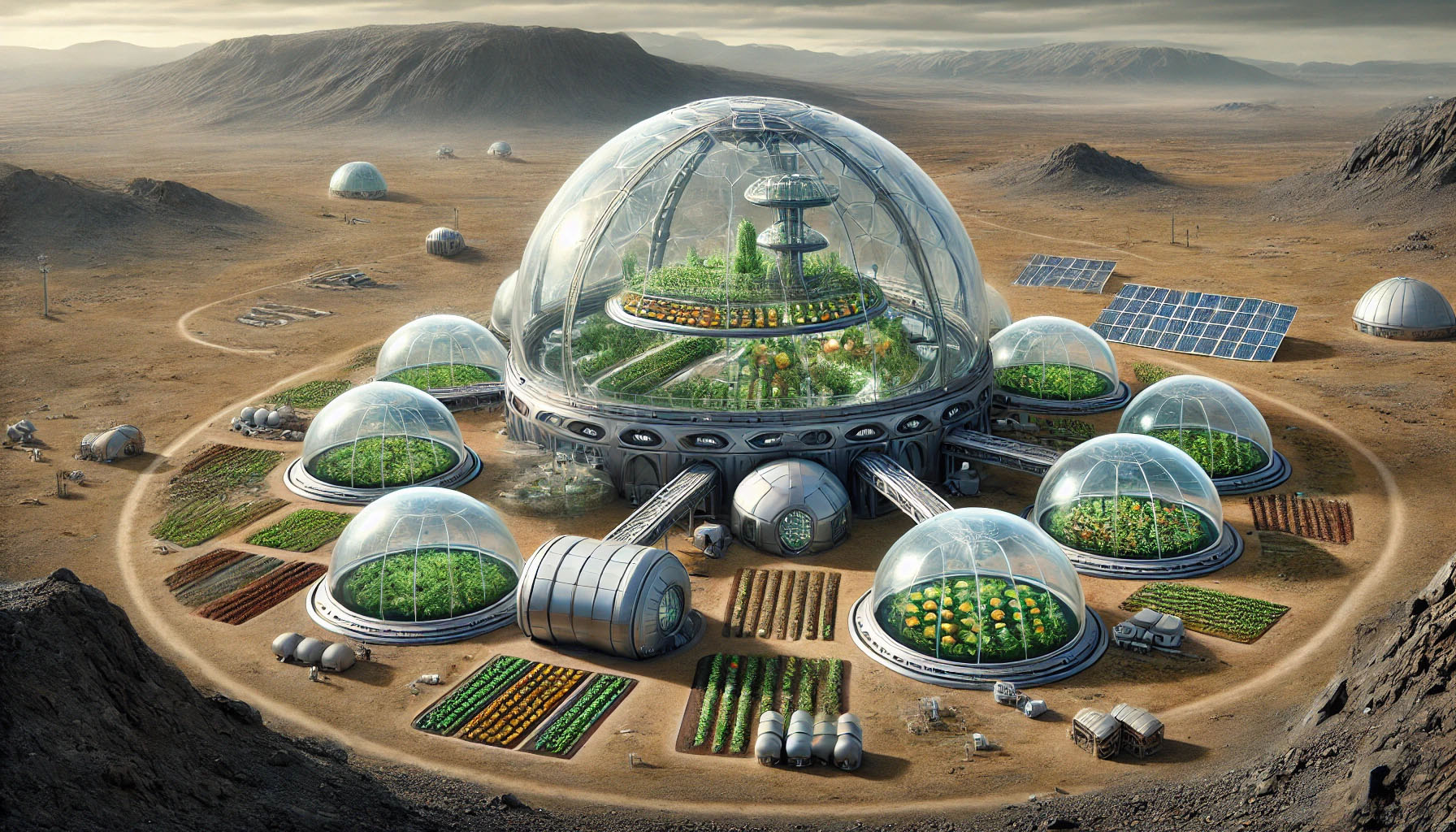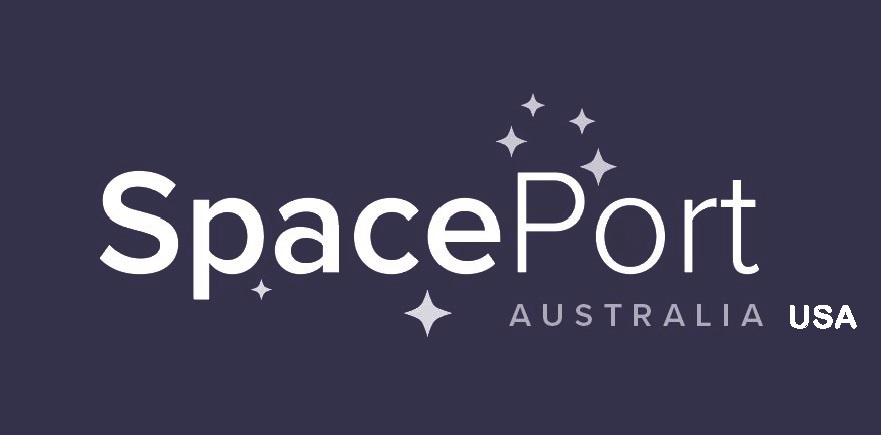Bioregenerative Habitat Project

Radio-protective, self-sufficient human and agricultural habitat with archaeological-anthropogenic soils (for off-Earth survival)
A novel concept integrating human and organic matter protection from radiation encountered in the space environment. The habitat aims to maximise human and cropping health, creating a self-sufficient (enclosed) self-contained modular, expandable system incorporating archaeological-anthropogenic soil system with complete biological waste management. The system is an enclosed system by design, all human and plant waste is reincorporated into the habitat.
The bioregenerative habitat could provide suitable and sustainable environment for all off-Earth locations including the Moon, Mars, asteroids.
- Investment for final design development and testing.
- Return: % share of final product and sales commensurate to level of investment to a maximum of 49% shareholding.
Note: EOI form is for interested investors, not a call for projects. Thank you for your understanding.
